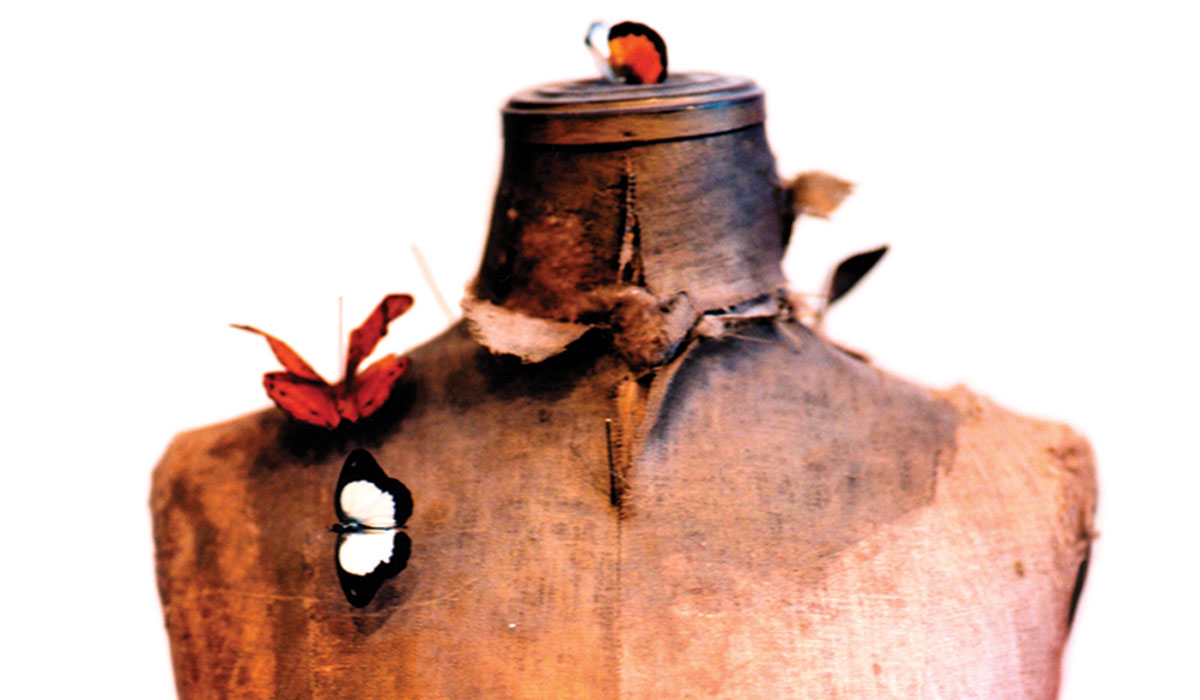Healing the Wounded Heart, Part Three

This week, Dan Allender continues reflecting on his upcoming book, Healing the Wounded Heart: The Heartache of Sexual Abuse and the Hope of Transformation. In Part One of this series, Dan shared about the stance he hopes readers will take when approaching the new book, which is a 25-year retrospective about everything he has learned working with sexually abused men and women. In Part Two, Dan addressed the intent of evil to create orphans, widows, and strangers through the harm we have endured. Now, Dan addresses the Healing the Wounded Heart workbook and his belief that deep, lasting change must occur in relationship with God and others.
“What is involved in our life joining God’s sweet and kind work of transformation? […] What do we do to join the work of redemption, to see the kind of healing that is available for us?”
“What does Jesus want to do but to bring shattered parts into wholeness? And our participation with that leads to goodness—not only for ourselves, but as well for others.”
The workbook is not just a cut-and-dry list of questions to check off after every chapter, but an invitation to more fully engage what is involved in the journey toward change. In writing the workbook, Dan drew from 27 years of running recovery groups, helping men and women engage portions of their story that had formerly seemed off-limits.
“It was a labor, but I believe we have accomplished the process of offering a kind of map, guide, to a full-fledged experience of the healing process.”
It is possible to gather a lot of information by quickly reading through the new book in just a couple sittings. Dan’s hope, though, is that readers will wade into the long, hard work of naming the costs of healing and wrestling with big, paradigm-shifting questions.
“One of the first questions is, essentially, do you want to be healed? What is the cost for you to let Jesus in? […] With regard to sexual abuse, given the interplay of feeling orphaned and betrayed, a stranger who just feels powerless, a widow who feels deep loneliness but also shame with regard to the desperation of her own desire—all those categories keep us from naturally opening our heart to what Jesus wants to do with us.”
Engaging these questions with curiosity and rigor will inevitably lead us to the community of trusted others. This is not meant to be a solo journey.
“We need tears—our own and others’. We need honor in the midst of engaging our story.”
As we begin to step into new levels of depth in our own healing, we are then equipped to help others do the same, to walk with others on their path to journey. As we join others in the transformation of their lives, and continue to see transformation in our own lives, we are participating in a larger community that is marked by awe, gratitude, and the embodied hope of restoration.
“That’s the intent of this book and workbook. And may it be, with the help of Jesus, an immense aid to your life.”
